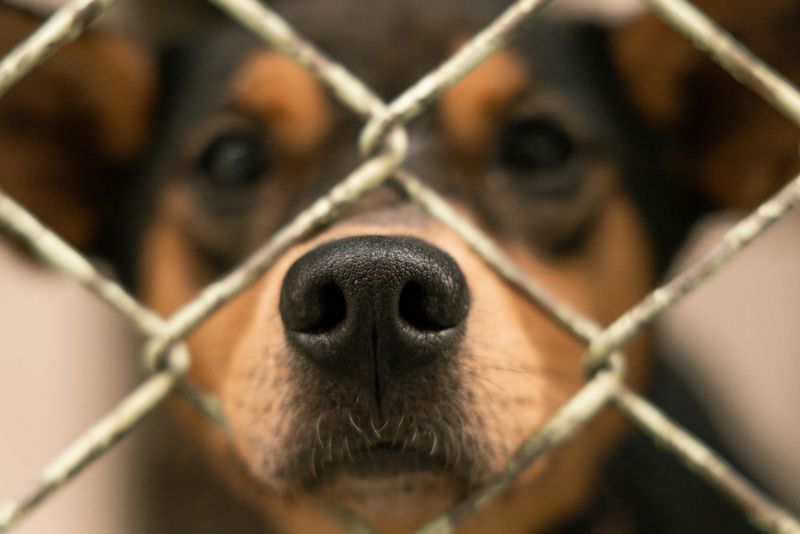It’s well known they’re incredibly sensitive and intelligent pets, but dogs do not cry – at least, not in the sense of shedding tears. However, there are a few telltale signs that your canine companion is feeling blue.
Just like cats and most mammals, dogs have tear ducts in their eyes, but they are only used to lubricate and protect their eyes, not express distress.
In fact, humans are believed to be the only animal that cries tears due to emotion or physical pain. The reason for this is not clear, but some argue it evolved as an emotional expression designed to signal to the wider social group.
If you do see tears in your dog’s eyes, it won’t be due to sadness, but it might be an indication that something isn’t right. The most likely explanations are allergies, irritation to the eye, a foreign object stuck in there, a blocked tear duct, or an infection.
Nevertheless, they do have a number of behavioral cues that may indicate they’re sad, anxious, or feeling some kind of negative emotion.
Frequent vocalizations, like whines or whimpers, are a sure sign that a dog is not feeling well. Sad dogs might show a lack of interest in activities that they previously enjoyed, such as going for walks or playing outside.
A decrease in appetite, excessive licking, and changes in sleep patterns might be another clue. Certain dogs will also exhibit destructive and restless behavior, like chewing up furniture, if they are anxious or distressed.
Some scientists believe that dogs can experience anxiety and other emotional disorders similar to humans. Their risk of developing these problematic disorders also appears to be associated with seven different personality traits: insecurity, energy, training focus, aggressiveness/dominance, human sociability, dog sociability, and perseverance.
In most instances, however, the odd whimper is not due to a chronic emotional disorder. One of the biggest triggers for sadness in dogs is change, whether that’s a new living environment, a shake-up of routine, or the absence of a loved one. In most cases, the best way to get rid of these blues is to eat a healthy diet, play regularly, and stay physically active (that goes for humans too).
All “explainer” articles are confirmed by fact checkers to be correct at time of publishing. Text, images, and links may be edited, removed, or added to at a later date to keep information current.




